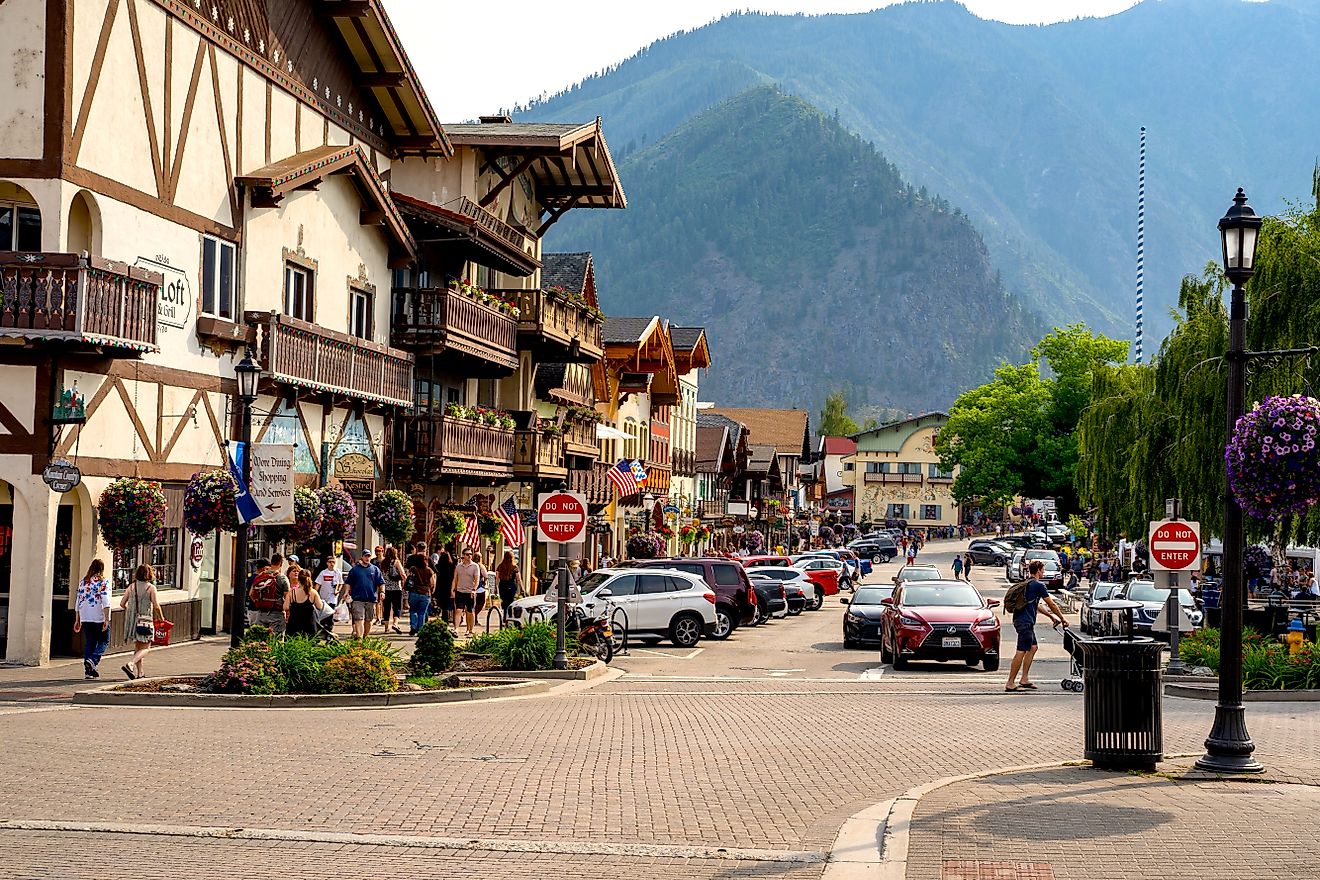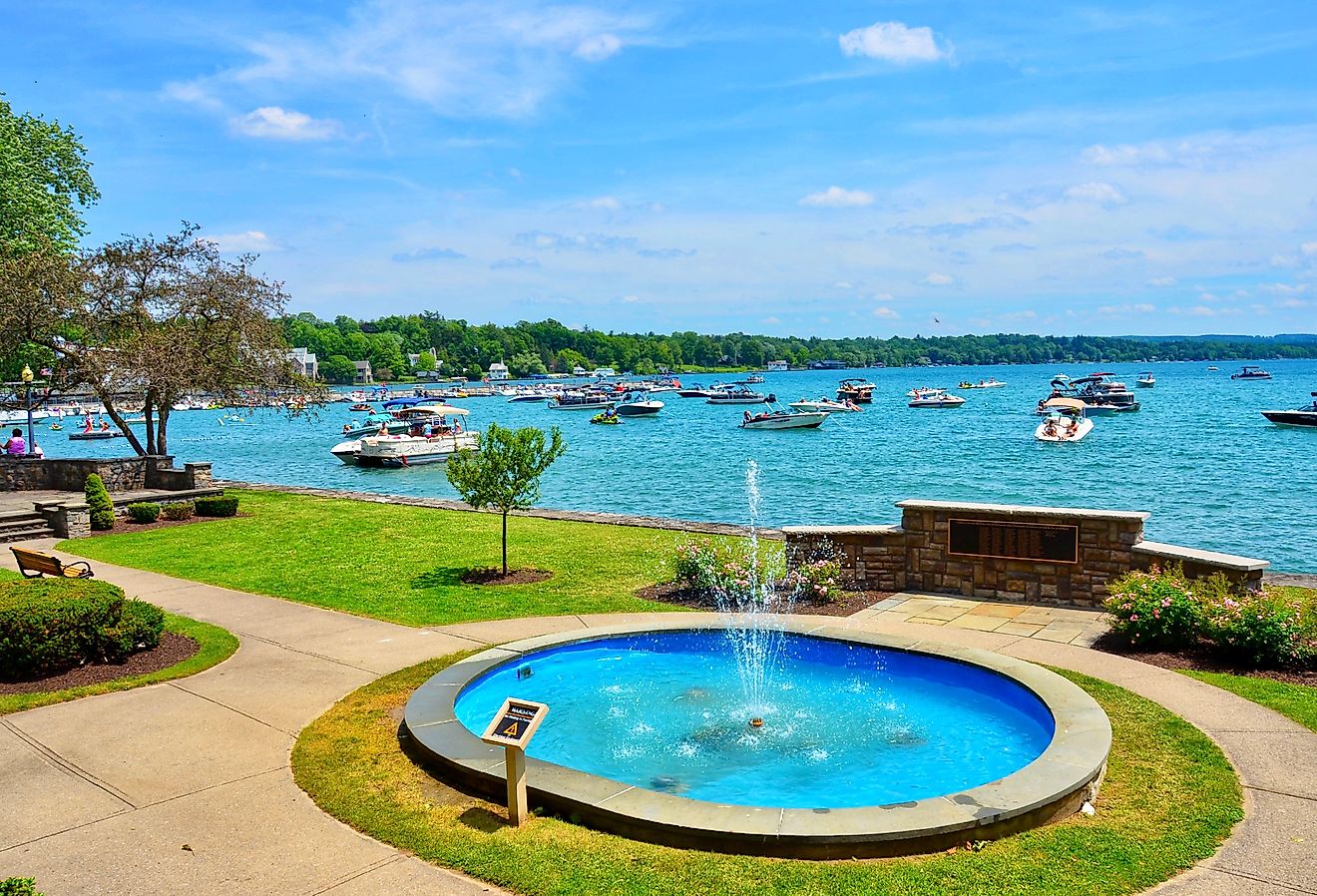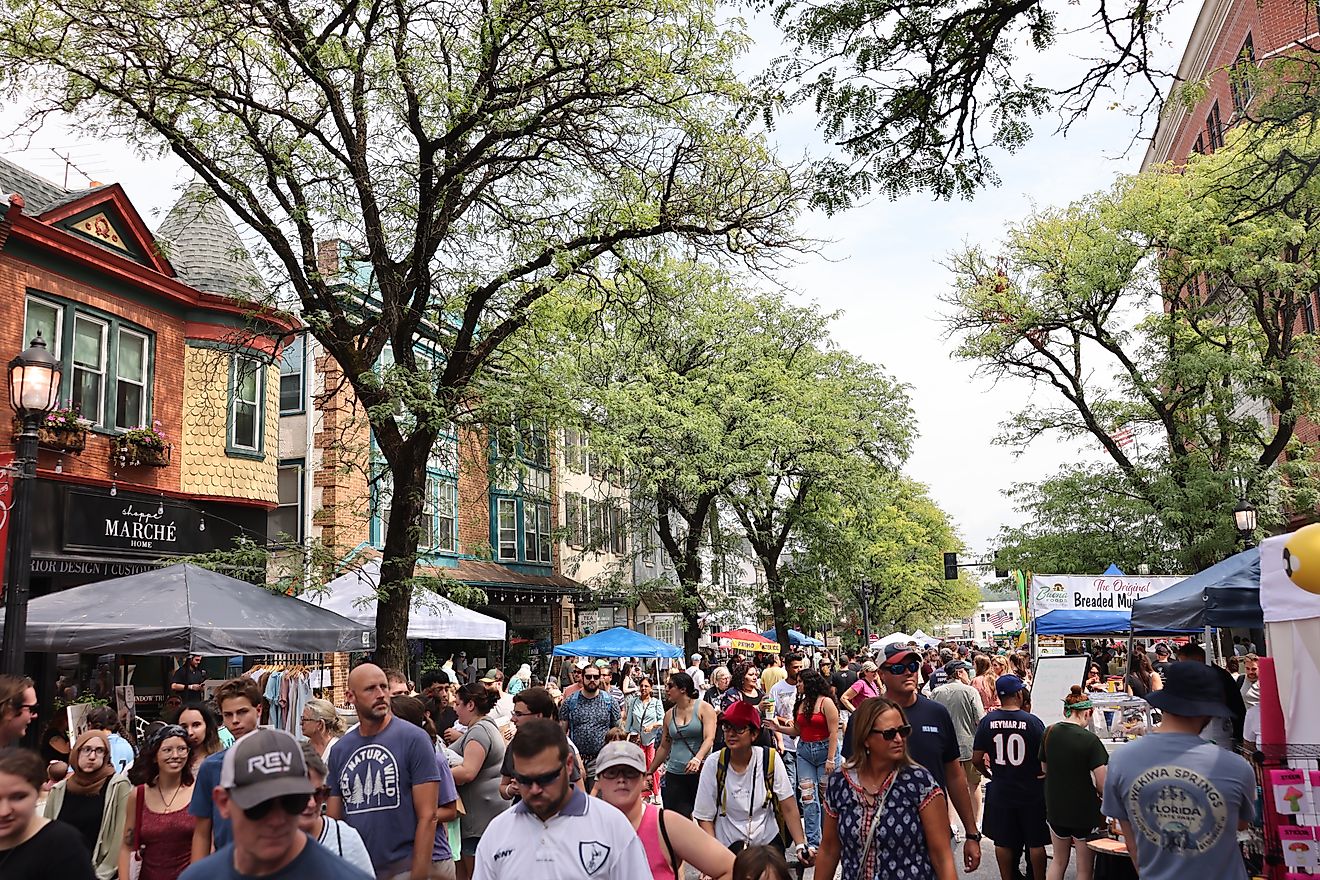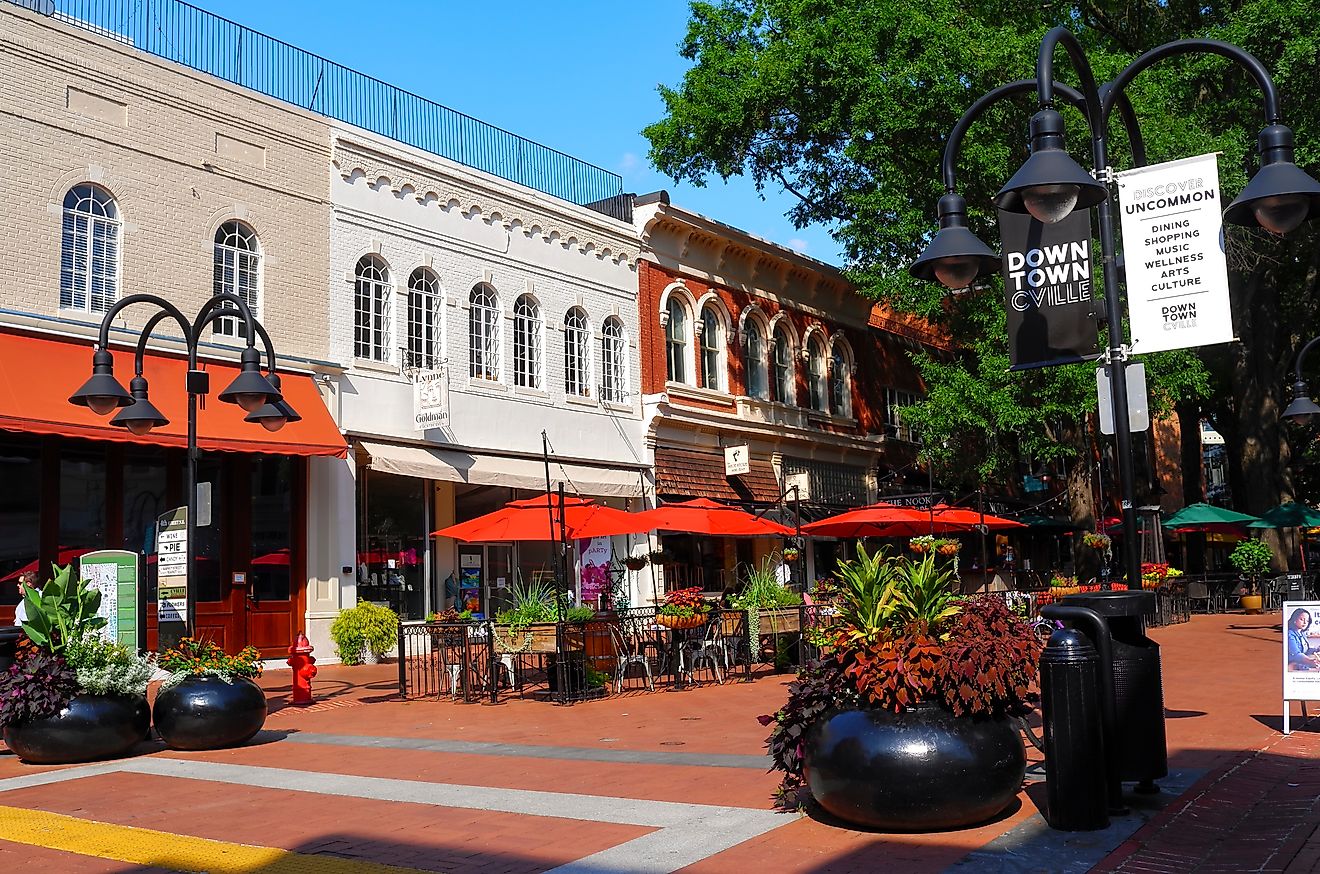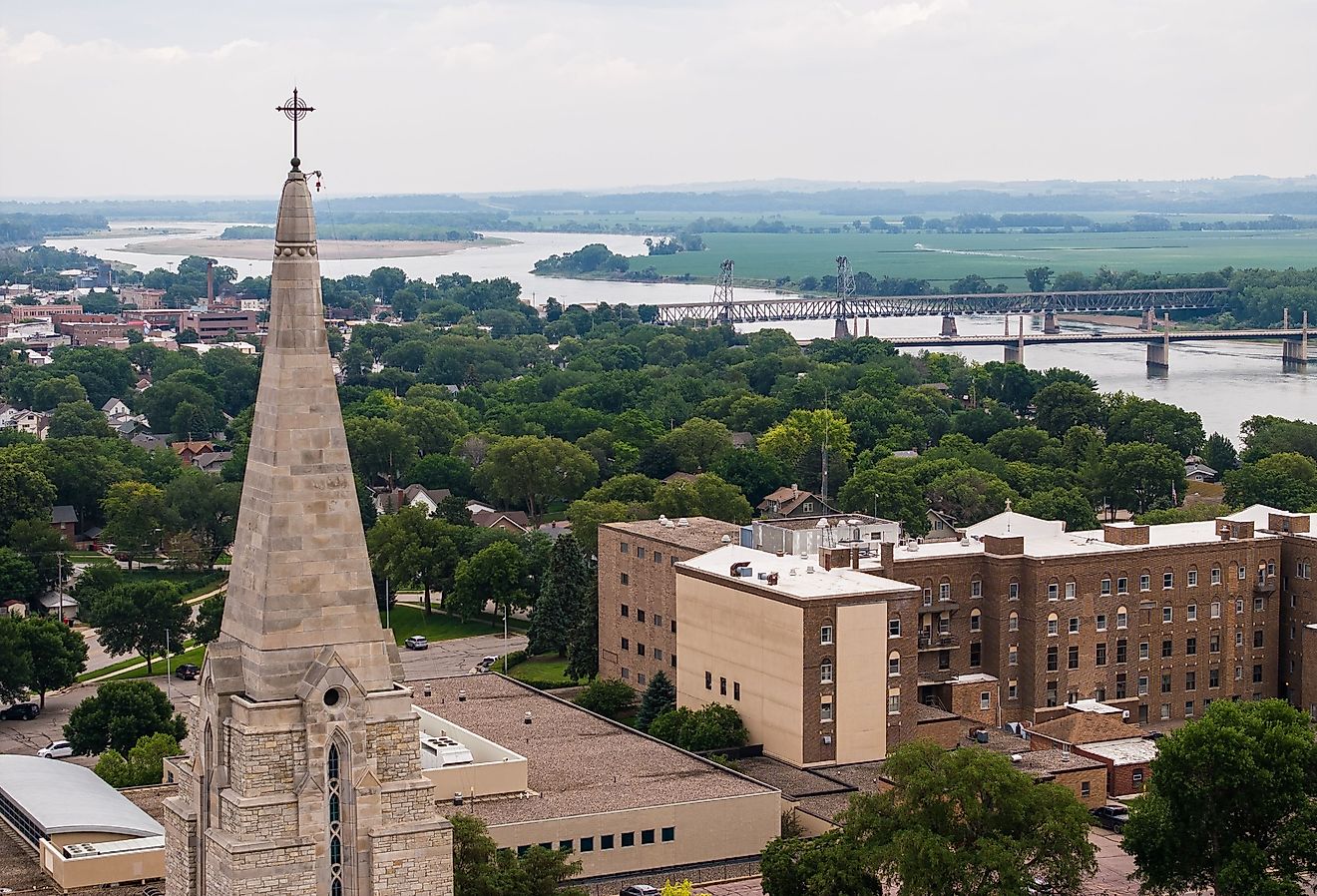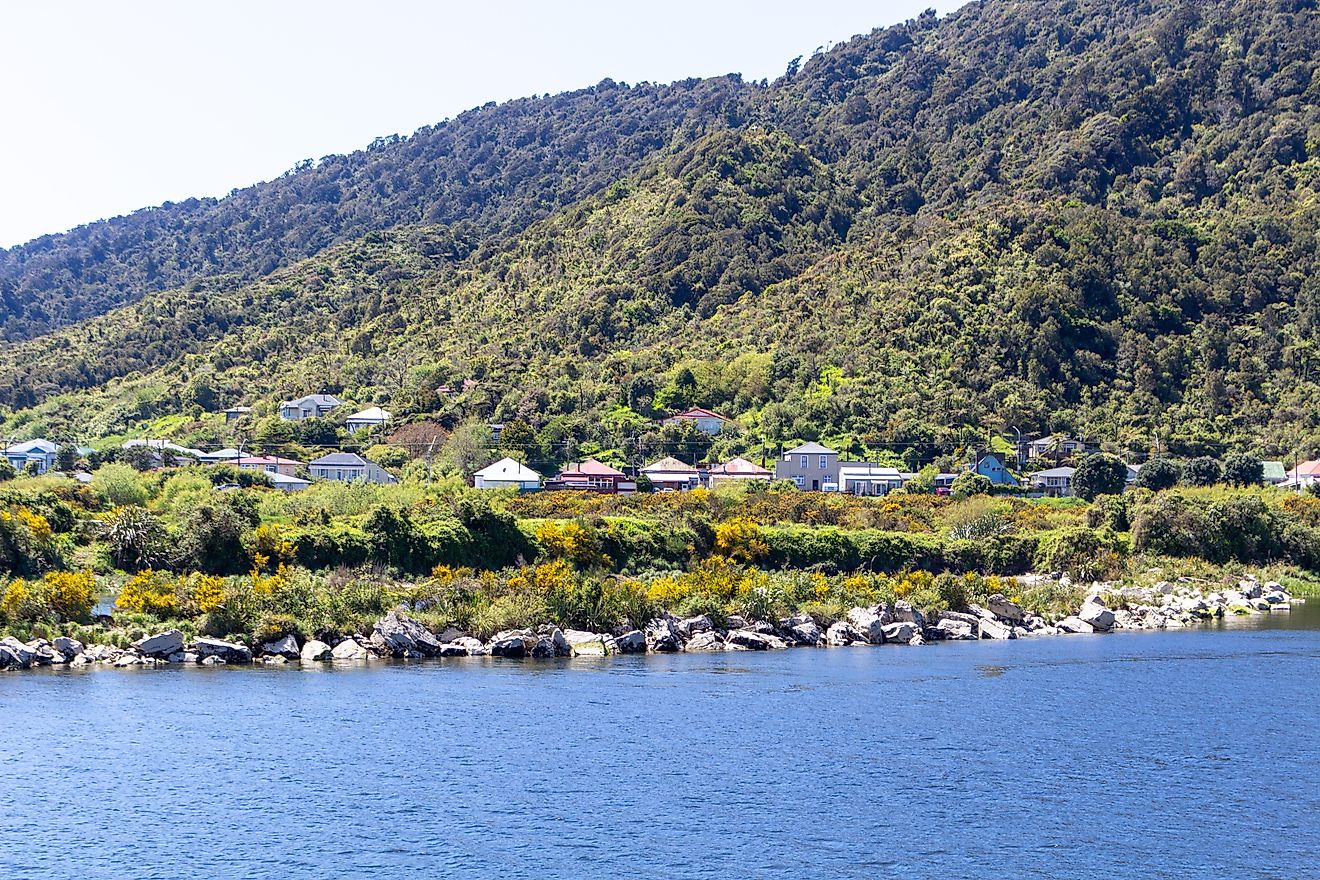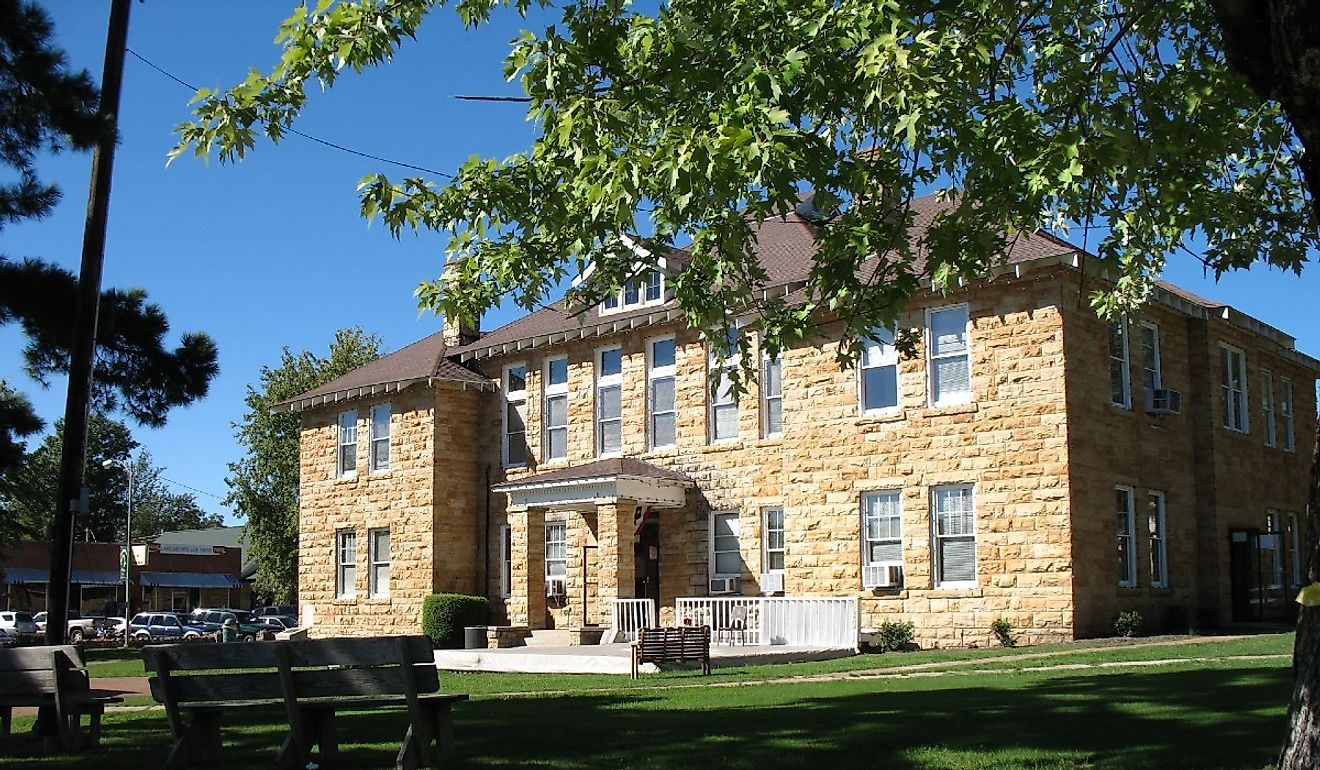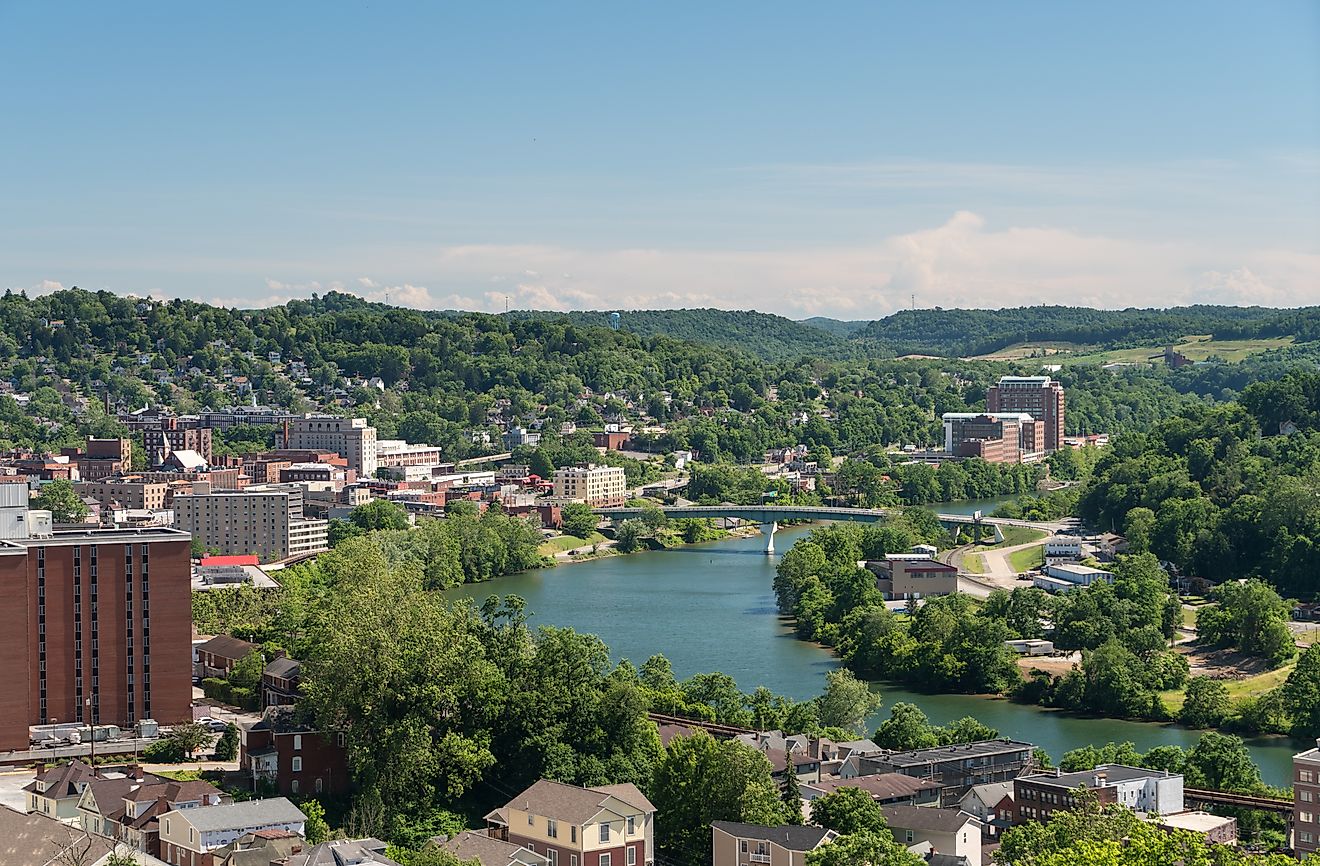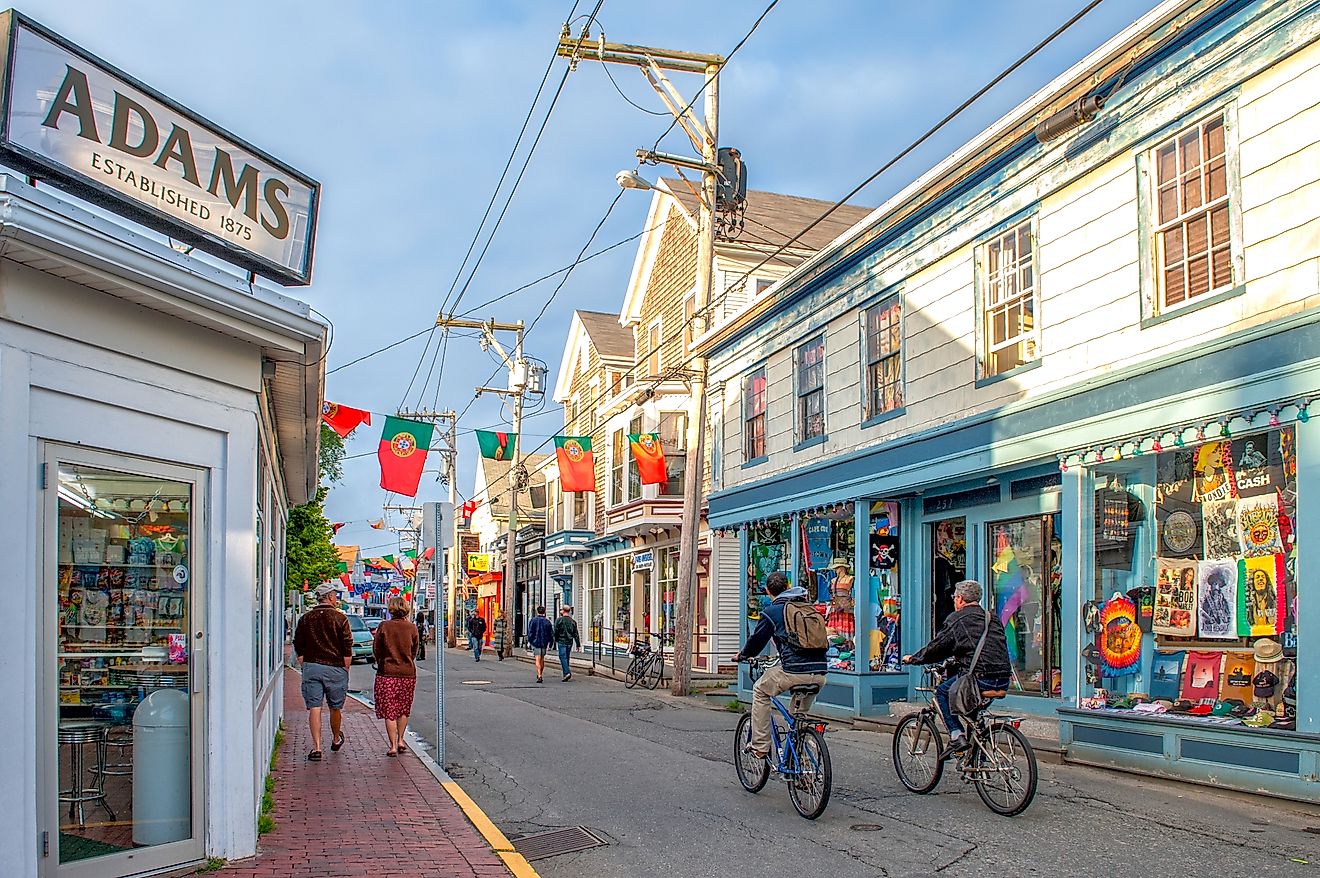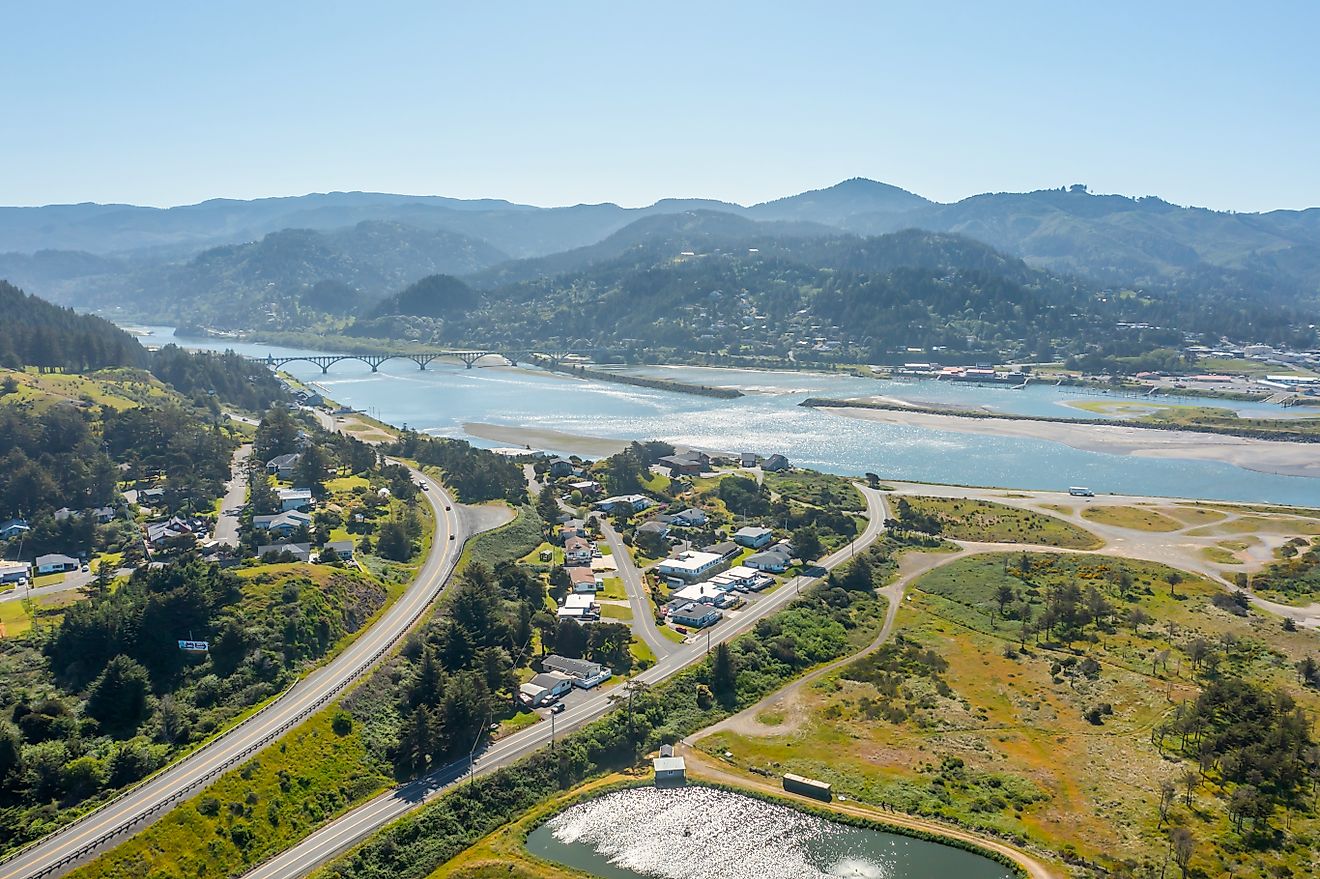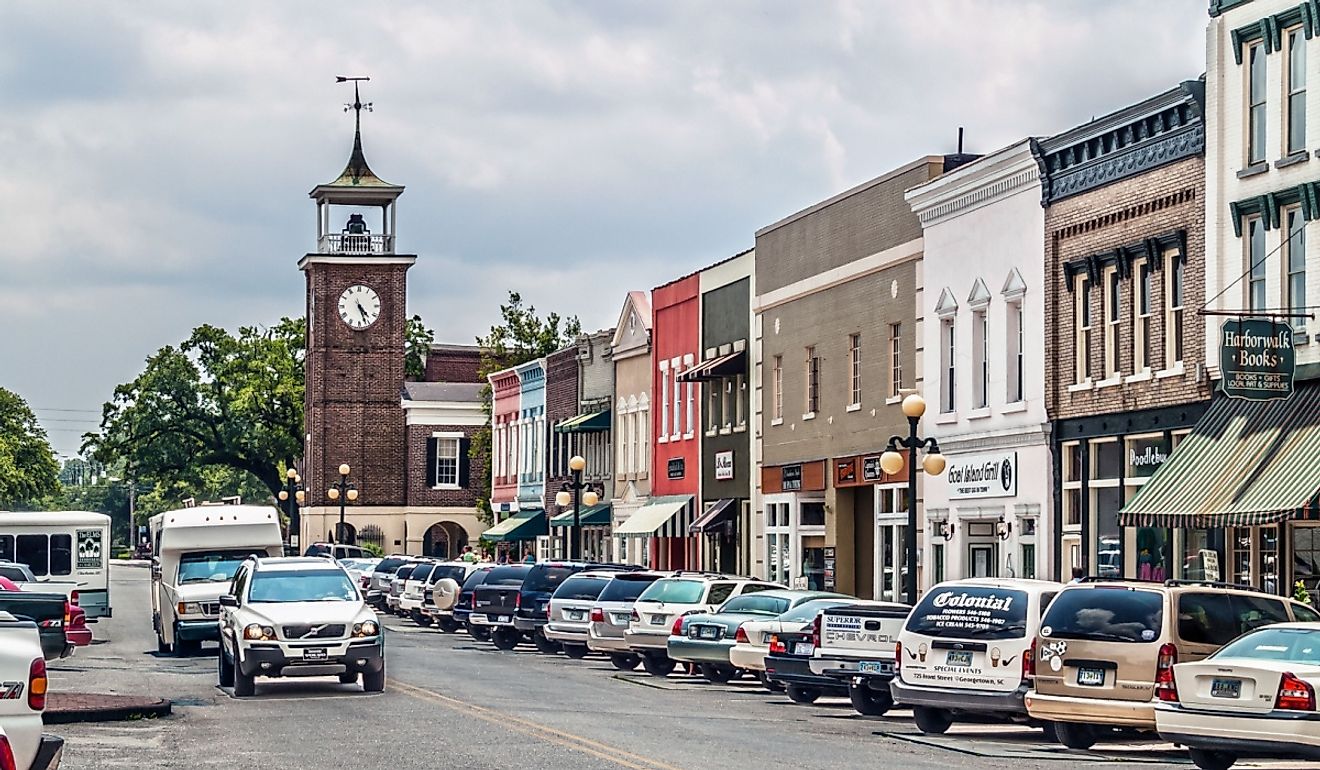
Sequim, Washington
Sequim, one of the driest areas in the western portion of the US State of Washington, is full of natural beauty and small-town charm. It is a favorite destination for outdoor enthusiasts and lavender lovers. Sequim, located on the picturesque Olympic Peninsula, is the cultural and commercial center of the Sequim-Dungeness Valley, thanks to its thriving downtown, various dining options, and busy arts scene. The "Lavender Capital of North America" title is frequently used to describe Sequim, which is also widely known for its lavender plants. The city's pleasant climate, old canals, and numerous local farmers contribute to the sense of community while allowing these aromatic plants to flourish.
Geography And Climate Of Sequim

Sequim is a small city situated in Clallam County in the US State of Washington. The city lies along the Dungeness River, close to the foothills of the Olympic Mountains. Sequim covers a total area of 16.50 sq. km, of which 16.34 sq. km is occupied by land, and 0.16 sq. km is covered by water.
According to the Köppen Climate Classification, Sequim experiences a warm summer Mediterranean climate. Sequim receives barely 16 inches of rain and 3.6 inches of snow annually, making it the driest place in Western Washington. However, there is just the right amount of rain and sunshine to make the town and its neighboring communities lush and green almost all year long. Sequim's winters are long, bitterly cold, wet, and usually cloudy. The summers are brief, pleasant, dry, and partly cloudy. The average annual temperature fluctuates between 37°F and 72°F, rarely falling below 29°F or rising over 81°F. August is the year's hottest month of the year, having an average daily high temperature of more than 66°F. Having an average high temperature of less than 50°F, December is the year's coldest month.
Brief History Of Sequim

Before Sequim was incorporated as a town, Dungeness existed on the Strait of Juan de Fuca, about five miles north. In the 1850s, the Dungeness Valley saw the arrival of its first European settlers. The area around Sequim's Dungeness River turned into productive farming, but the surrounding plains remained dry. In the 1890s, irrigation canals brought water to the prairie for the first time, allowing cropland to expand.
On October 31, 1913, Sequim was formally founded. For many years, small farms, especially dairy farms, littered the area around the small town. The name Sequim is a fairly poor version of the Klallam term for "hunting field." Before the end of World War I, Sequim served as a stopping point for a railway that ran from Port Townsend to Port Angeles and was primarily constructed to transport wood products from the western Olympic Peninsula woods.
The Population And Economy Of Sequim
Sequim has 8,308 residents as per the latest US Census. Sequim's population is currently rising at a rate of 1.74% yearly. White (Non-Hispanic) (79.7%), White (Hispanic) (7.08%), Two+ (Non-Hispanic) (5.94%), Asian (Non-Hispanic) (3.13%), and Black or African American (Non-Hispanic) (1.87%) make up Sequim's top five ethnic groups. The poverty rate in Sequim is 15.06%, with an average household income of $56,492. The median rental cost for the past few years is $959 per month, while the median value of a home is $231,200. In Sequim, the median age is 56.5 years, with 53.6 years for men and 58.5 years for women.
Attractions In And Around Seqium
Lavender Farms

Sequim and the Dungeness Valley are ideal locations for this aromatic and adaptable plant due to a combination of environmental and engineering considerations. These elements include a neighborhood of eager farmers, widely used irrigation canals constructed in the late 1800s, and consistently sunny weather under a rain shadow. Sequim's lavender industry is both an agricultural and a popular tourist destination. Mid to late June and early August is generally the finest time to explore the Sequim lavender farms. The Sequim Lavender Festival takes place every year around the third weekend in July and is typically full of flowers.
Olympic Discovery Trail
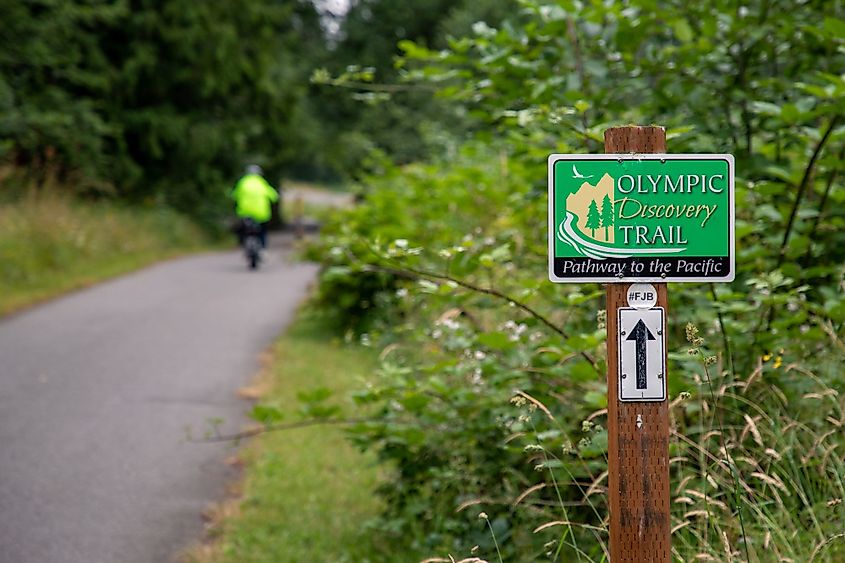
Numerous outdoor activities can be enjoyed along the 120-mile trail that spans Sequim and the surrounding cities of Port Townsend and Port Angeles. Visitors can camp, ride bikes, and partake in other outdoor activities in addition to the common hiking along the trails. The Elwha River heading to Lake Crescent is the finest location for the Olympic Discovery Trail since it provides the most beautiful natural scenery. The Native Americans place a great deal of significance on the trail since they regard it as sacred territory.
New Dungeness Lighthouse

The New Dungeness Lighthouse, situated on the Dungeness Spit inside the Dungeness National Wildlife Refuge, is a well-known landmark and a useful navigating aid. Since it was first built in 1857, the lighthouse has consistently provided travelers traveling through the Strait of Juan de Fuca with a safe route. The 26-foot tower is a stunning sight to behold, especially when viewed from the proper angle, and you can see the ocean spread out in front of it. The New Dungeness Lighthouse is one of the few still-operating manned lighthouses in the United States.
The Dungeness National Wildlife Refuge

On Sequim's farthest northernmost point is the Dungeness National Wildlife Refuge. One of the world's longest naturally occurring sand spits, the Dungeness Spit, makes up most of it. This unusual extension into the ocean is the consequence of the adjacent Dungeness River mixing with the saltwater of Puget Sound. Year-round fauna is abundant here because of a few environmental variables. Hiking the Spit is one of the most well-liked and challenging activities at Dungeness National Wildlife Refuge.
The Olympic Game Farm

Numerous native and imported African and domestic animals can be found in the Olympic Game Farm. However, Lloyd Beebe originally bought the land in 1942 as a dairy farm and later turned it into a zoo. Walt Disney was immediately drawn to the land, which later served as the focal point for their nature documentaries. Disney's well-known waving bears were also filmed there. In addition to bears, the farm is home to a variety of other animals, including deer, foxes, cougars, elk, zebras, bison, peacocks, and many more. The farm is now a well-liked destination in Sequim for locals and tourists.
Sequim Bay State Park
On the east side of the city, Sequim Bay State Park is a fantastic place to set up a tent or leave an RV. The Olympic Discovery Trail passes right through the center of this 92-acre marine park, making it a well-known rest stop for cyclists. There are 45 campsites accessible in Sequim Bay. Fifteen of these spaces can accommodate RVs up to 45 feet long and have full hookups. Two distinct forest loops provide devoted tent camping in a more tranquil setting. All overnight visitors have access to water, flushing toilets, and showers.
It is worthwhile to visit this delightful neighborhood with hidden natural beauty. In addition to its natural beauty, Sequim offers a bustling downtown area filled with a variety of restaurants, historical sites, museums, and a thriving art scene. One can thus have a memorable vacation here at Sequim.
